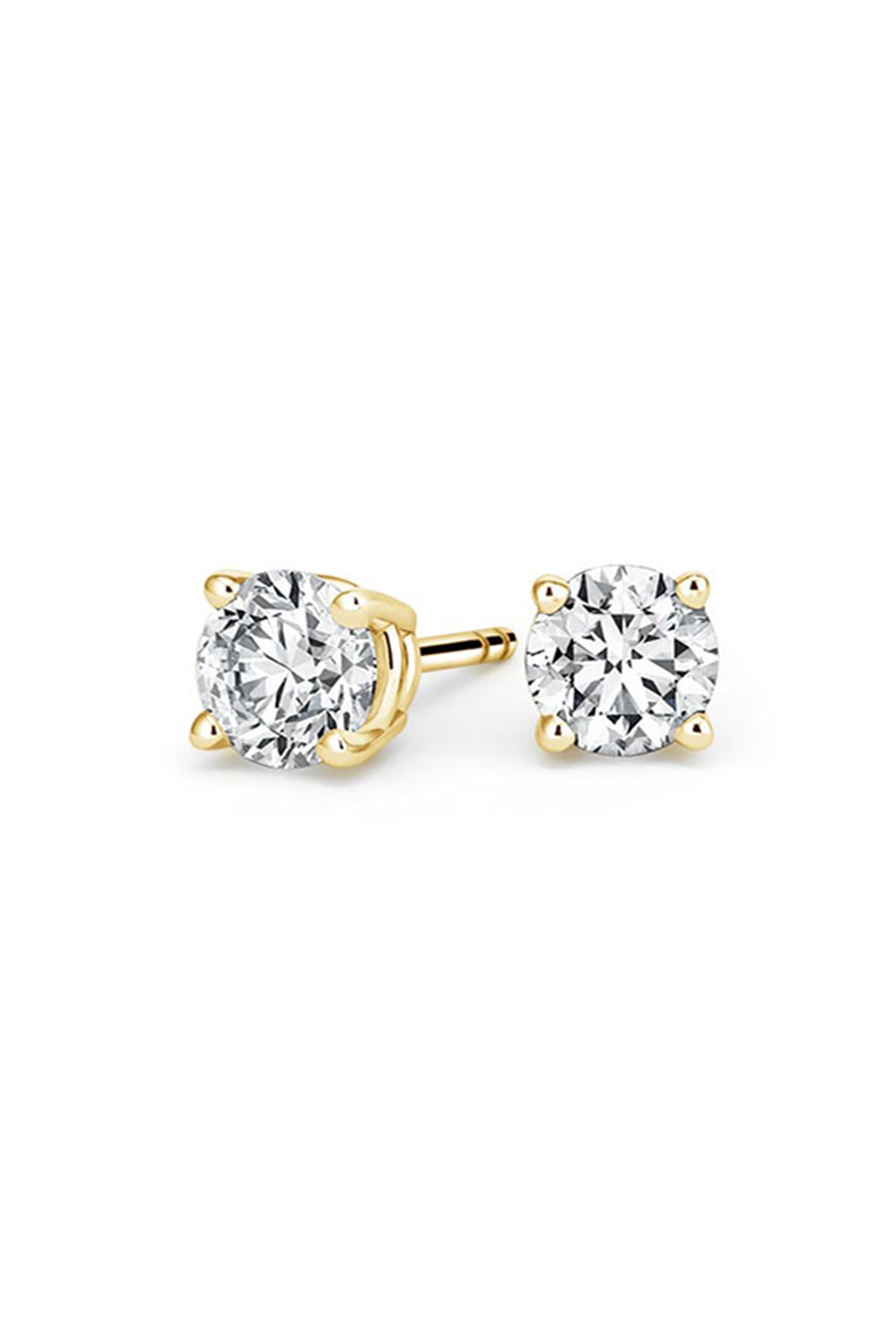Everything you need to know about lab grown diamonds
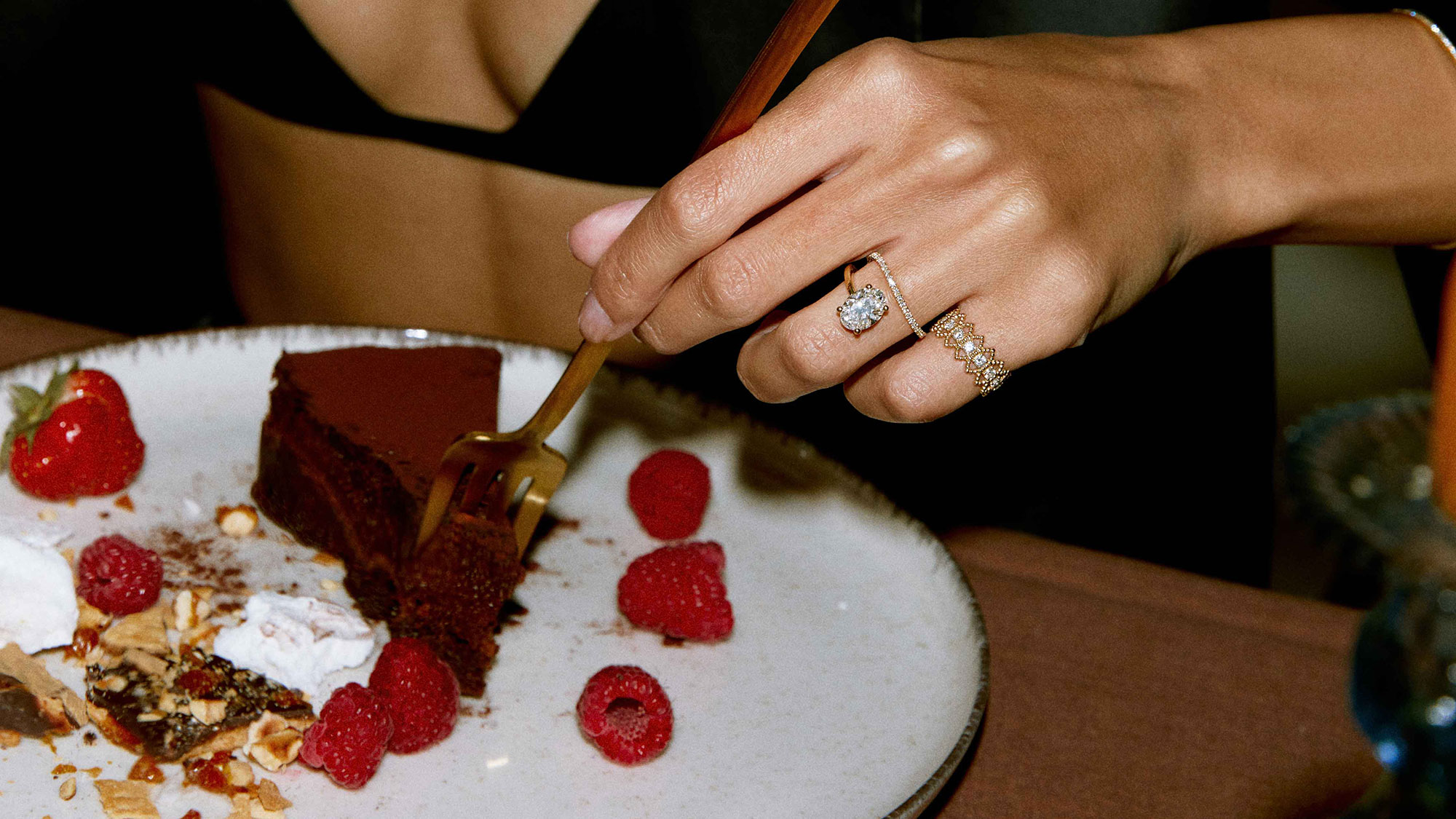

Lab grown diamonds are everywhere right now, but how exactly do they compare to more traditional mined diamonds? We asked the experts to talk us through it.
How are lab grown diamonds made?
Laura Chavez, founder of Lark & Berry, explains the process isn't that different to other diamonds: 'Lab grown, or cultured diamonds as Lark & Berry call them, are the same as any mined diamonds with one difference: there’s no mining involved. To grow diamonds above ground, we mimic how they grow underground. Duplicating that process makes our cultured diamonds 100% real diamonds. Gemologists cannot tell mined from grown diamonds apart, as there is nothing to tell apart.
'The two methods used to create diamonds are HPHT and CVD. Both methods involve adding heat, pressure or gasses to carbon or diamond seeds to create diamonds. These ways of growing diamonds can now be accomplished using renewable energy, which means the diamond you put on a beautiful piece of jewellery can be totally sustainable.'
Are lab grown diamonds real?
Jessica Warch, co-founder of Kimai, says the biggest misconception is that they aren't real. 'Lab-grown diamonds are chemically and physically identical to mined diamonds,' she explains.
Can a jeweller tell if a diamond is lab grown?
'Not even an expert gemologist is able to tell a lab-grown diamond apart from a mined one! The main difference is that lab-grown diamonds provide 100% transparency compared to mined diamonds which have notoriously opaque supply chains and are linked to complex and often devastating social and environmental issues, including deforestation and child labour,' says Jessica.
Are lab grown diamonds worth it?
Matilde Mourinho, founder of MATILDE Jewellery, says that it's down to the consumer to choose, however, if it's a sustainable, cost-effective option they're after, then cultured diamonds are the solution.
'We think it’s important to offer as many resources and information about lab-grown diamonds and what we do, and why we think it is the most sustainable route when it comes to purchasing diamonds, and then the choice is up to the consumer in the end.
Celebrity news, beauty, fashion advice, and fascinating features, delivered straight to your inbox!
'But the obvious answer to this question is that lab-grown diamonds are a more ethical and sustainable alternative to natural mined diamonds. They are visually, physically and chemically the same – with the only difference being how they are grown. So if we can have the same product, and be less harmful to the environment as well as the communities affected by mined diamonds, then why wouldn’t we be?' she says.
Lab grown diamonds price
If you're wondering if they're cheaper, the answer is yes. 'This is largely due to the labour and the different steps in the supply chain that goes into mining diamonds. With natural diamonds, from the exploration, the mining, the sorting, the cutting and the polishing, the jewellery manufacturers, to retail and then to the customer, there are quite a few steps in the process,' explains Matilde.
Laura concurs, adding, 'With the ability of some labs to grab excess carbon from the air and convert it into a diamond, the carbon footprint can even be negative! When it comes to the cost for the consumer, since the diamond growing process is much more streamlined and direct (no mining needed), we are able to pass along that cost effectiveness, enabling them to get a cultured diamond with the specifications they desire (colour, clarity, cut, carats) for at least 25-30% less than a mined stone.'
How to you measure the quality?
'The same way that you do with mined diamonds, using the 4 C’s: Carat weight, Clarity, Colour and Cut. The diamonds we use at Kimai are of the highest quality, technically speaking this means we focus on stones of colours DEF+ and clarity VS+' says Jessica.
Best lab grown diamonds UK
Convinced this is the sustainable way forward when it comes to diamonds? Keep scrolling to shop the best lab grown diamond jewellers in the UK.
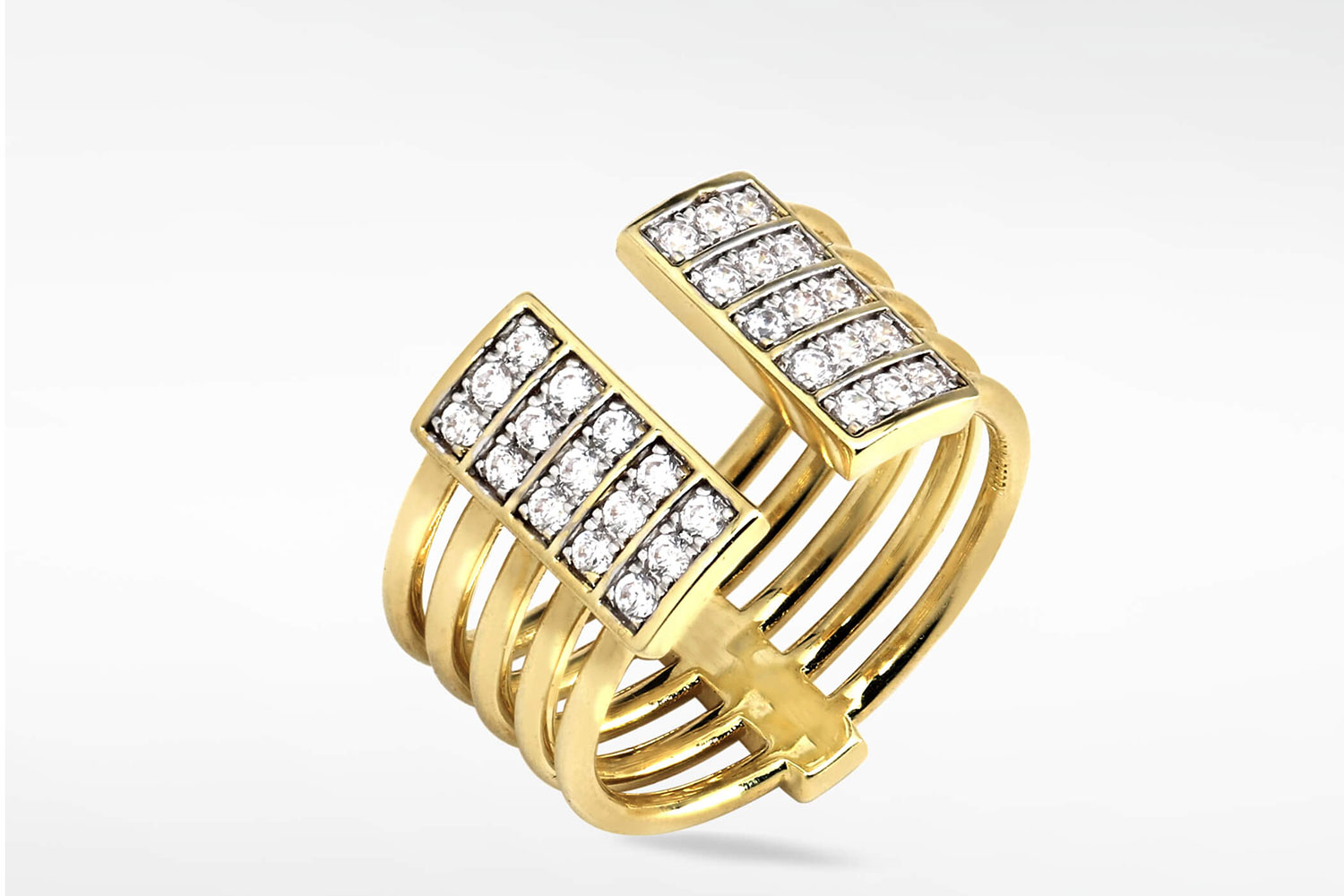
'Consumers come looking for an alternative to mined diamonds for a number of reasons. The two we see most are one, because they want diamonds that were sourced more responsibly and guaranteed conflict-free, or two, they’re looking for the same quality (or better) diamond at a fairer price than what they’re seeing with mined diamonds.,' says founder Laura.
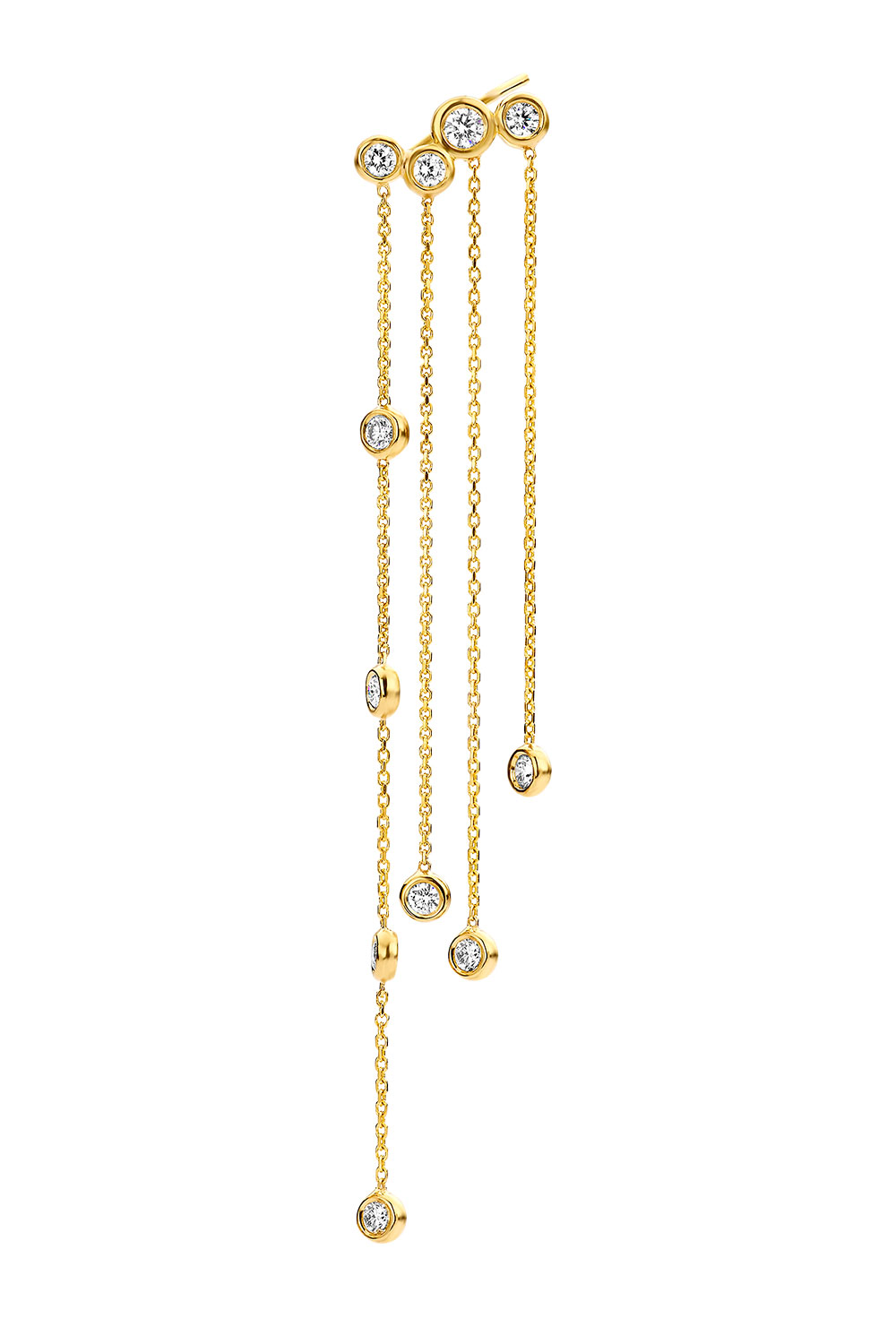
Co-founder Jessica says, ' my co-founder and I were both born into families who worked in the diamond trade in Antwerp, but when we became aware of the inner workings of the industry (murky supply chains, child labour, negative impacts on the planet and local communities)- we wanted to do things differently, which is not easy in an old fashioned and traditional industry that doesn’t like change. At 18, we both moved to London. Sidney trained to become a certified gemologist and I studied Business and Finance. Then, in autumn 2017, we started exploring new options and discovered lab-grown diamonds. At the time, this concept was still new. This was our lightbulb moment. We had been looking for a way to make the industry we loved more ethical and relevant for our generation, and we’d found it. It was then that we decided to use 100% traceable lab-grown diamonds in all of our collections. Through Kimaï, we are working to reimagine the diamond and fine jewellery industry by fostering a more ethical and transparent approach, without compromising on style or quality. We also wanted to create a brand that speaks directly to women, in contrast to the old diamond brands who typically advertise to men to buy jewellery for their partners. It was definitely time for a fresh approach.'
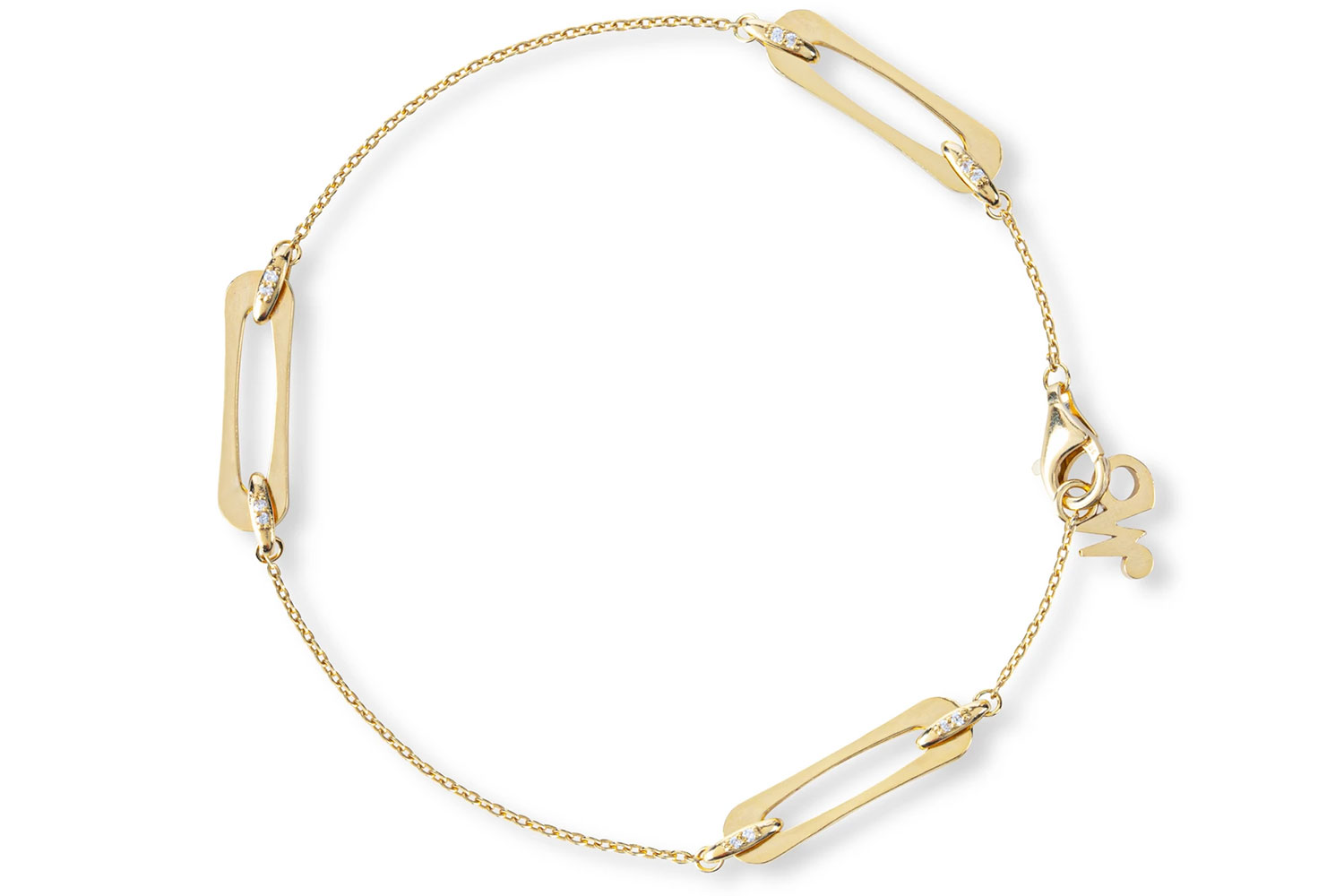
'Our diamonds specifically are sourced from Madestones, who have become Carbon Neutral in August 2021. It’s important for us to work alongside suppliers or partners who value the same things we do as a brand, as we feel confident that with Madestones we are getting the highest quality of lab-grown diamonds whilst still not sacrificing our values,' says founder Matilde.
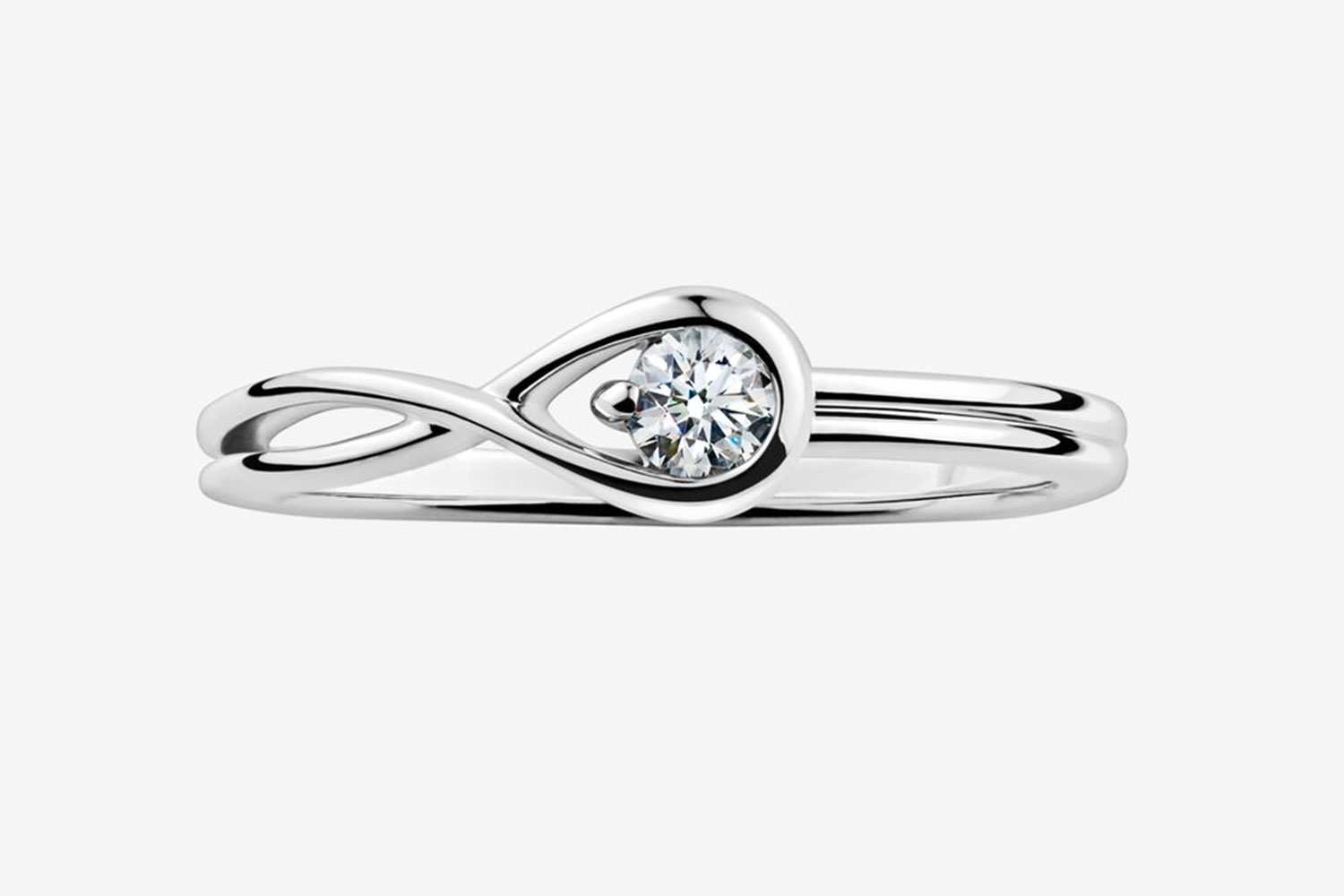
These unique diamonds are produced using predominantly renewable energy, and are cultivated by skilled artisans before being hand-selected for their impeccably high quality. Lab-created diamonds have the same properties and characteristics as mined diamonds and are held to the same exceptional standards – cut, colour, clarity and carat – before being set within the Brilliance collection. The collection, set in gorgeous infinity inspired designs on earrings, rings, necklaces and bracelets, and starts at just £220. Each stone ranges from 0.25 to one carat, thus democratising real diamonds for customers.
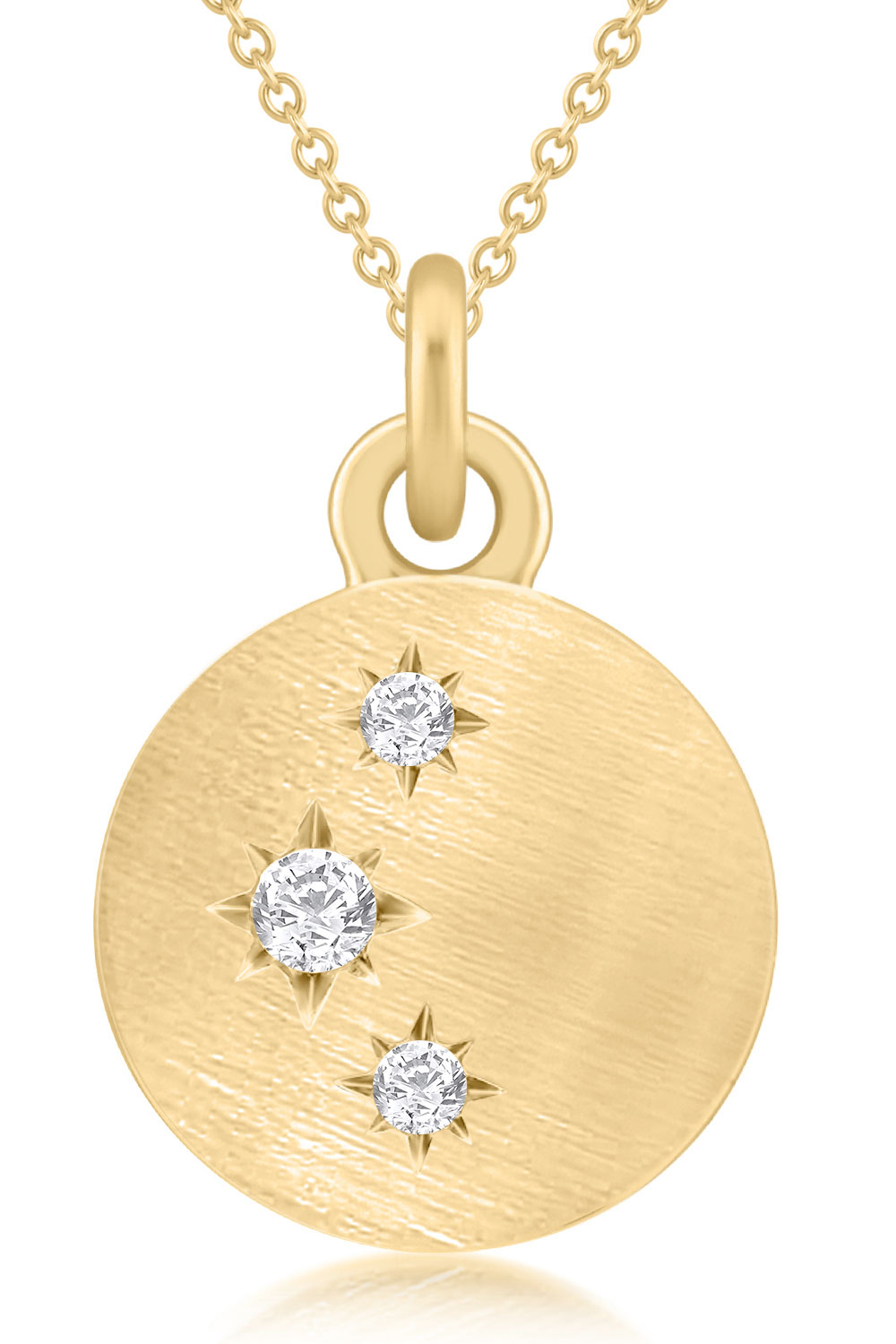
Inspired by the night sky, the stylish Cosmos collection is all made from 100% recycled solid gold, with an elegant matte finish, and star set with twinkling brilliant cut lab grown diamonds (G/H in colour and VS clarity). The Cosmos pendant in 9ct yellow gold is 10mm in diameter and suspended on a fine 16 inch trace chain (1.3mm gauge).
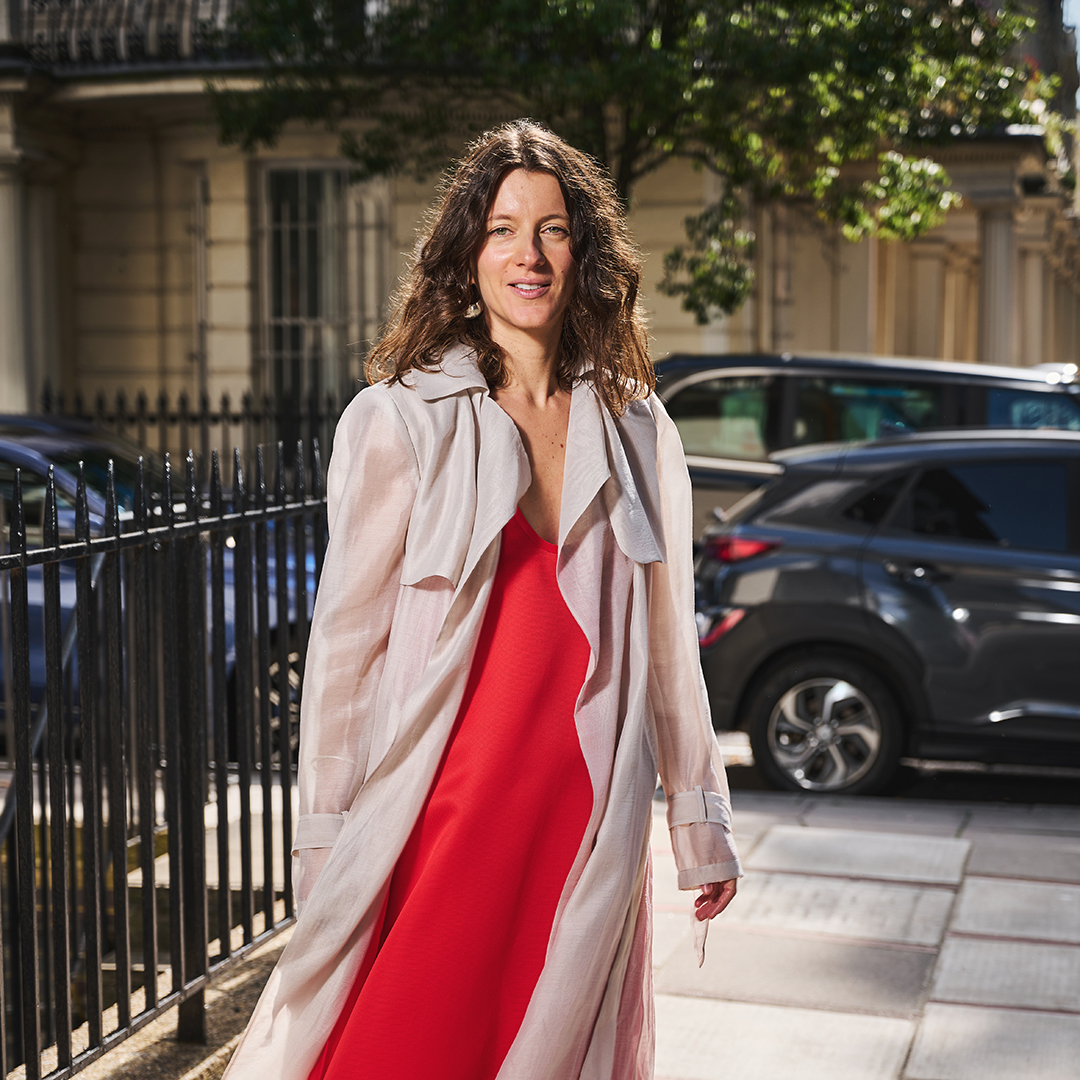
Penny Goldstone is the Contributing Fashion Editor at Marie Claire UK. She writes about catwalk trends and the latest high street and Instagram sartorial must-haves. She also helms the Women Who Win franchise.
She has worked in fashion for over 10 years, contributing to publications such as Cosmopolitan, Red, Good Housekeeping, and Stylist.
